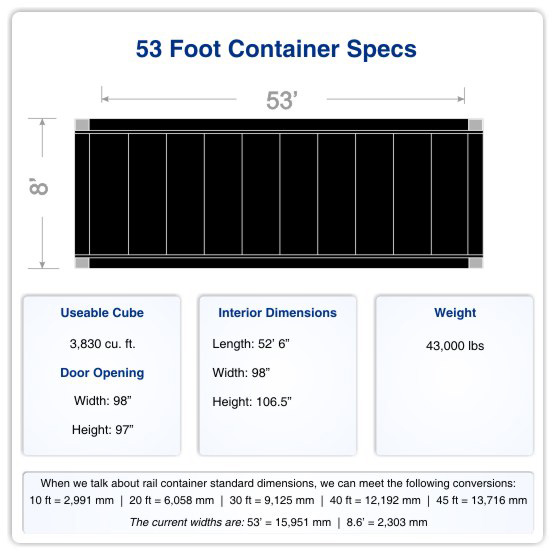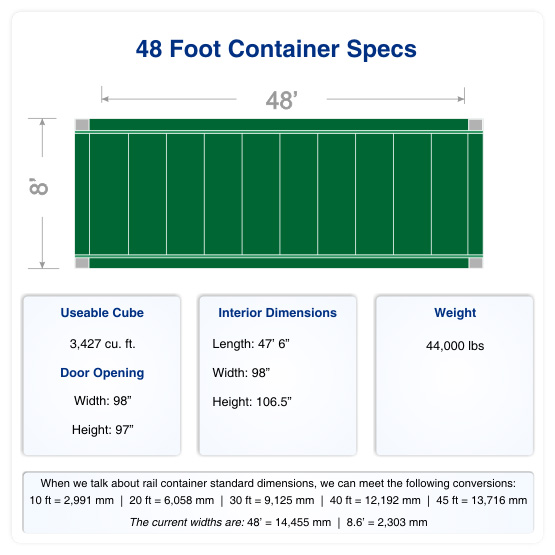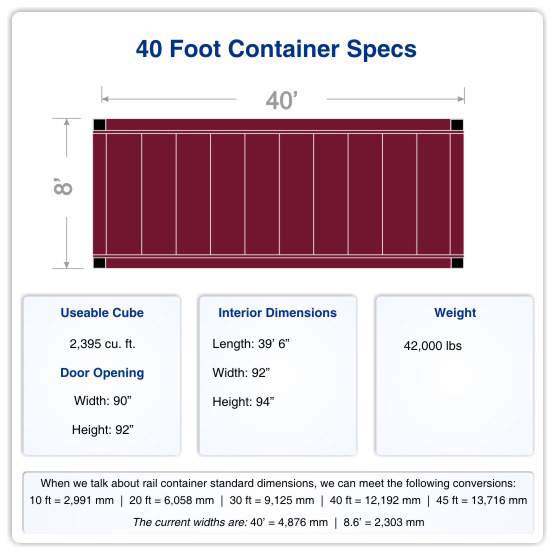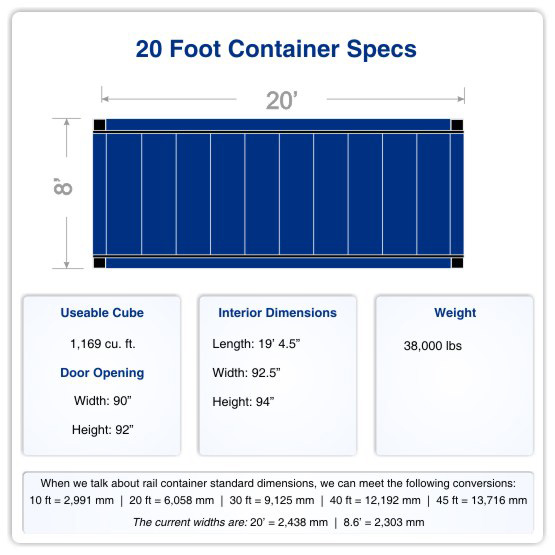Intermodal is an excellent option to reduce and stabilize your transportation costs on longer haul, full loads. Our Intermodal service combines the convenience of trucks with the economy of rail transport. Intermodal service is best suited for loads traveling 1600 miles or more. Pricing is typically 15% to 30% less than over the road service.
The longer the haul, the greater the savings!
Intermodal Freight Quote Request

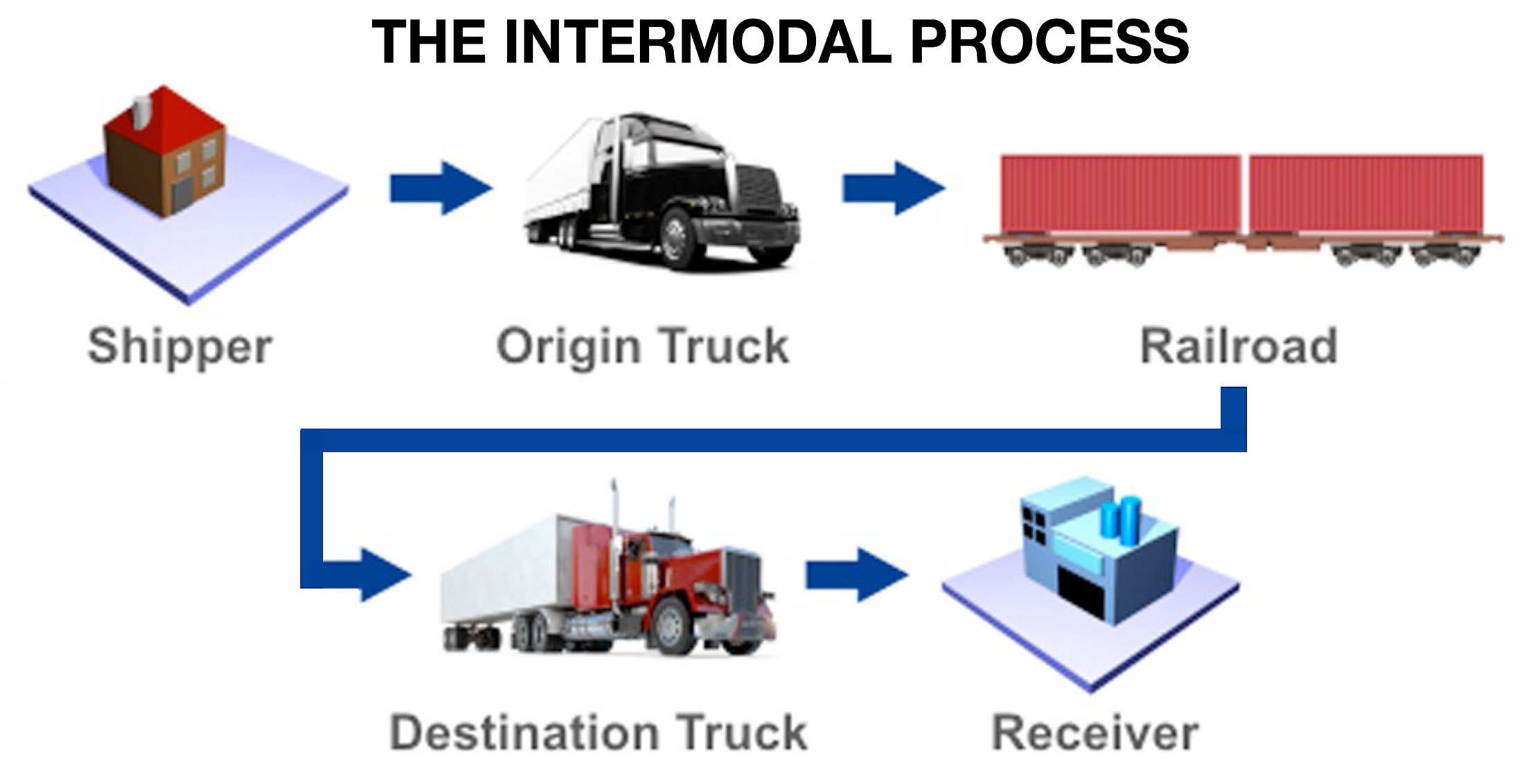
• Economic and Environmental Advantages: Intermodal service is typically 15% to 30% less than over the road service. Budget fluctuations are minimized as pricing will be more consistent. A freight train can move one ton of freight an average of 830 miles on a single gallon of diesel fuel…four times as far as a truck can move that same ton. Freight trains emit a mere 6.8 pounds of carbon emissions per 100 ton miles.
• Equipment Availability: Economic and seasonal patterns affect the number of available over the road trucks. Intermodal creates efficiencies in your supply chain by providing more equipment options.
• Reduced Damages: Intermodal “hump yards” where handling caused damage are a thing of the past. Today, intermodal terminals use switch engines to “soft-couple” intermodal flatcars with shock absorbing coupler joints. The railroads create blocks of multiple intermodal cars going to the same or nearby destinations to minimize switching from one train to another.
• Competitive Transit Times: Improved routing and planning systems have greatly decreased intermodal transit times. In several lanes, intermodal transit will be competitive with over the road transport. Delays created by mechanical issues with trucks will be virtually eliminated.
Intermodal Myth One: What I may save using intermodal isn’t worth the delay in transit I will experience.
- Standard intermodal service is typically 1-3 three days longer than over the road service.
- Premium intermodal service often matches over the road service.
- With the amount of carriers that have been forced to close due to economic conditions, intermodal becomes a more critical option on long haul lanes.
Intermodal Myth Two: Shipments moving via intermodal are more likely to experience damage.
- The old intermodal “hump yards”, where rough handling caused damage are a thing of the past. Today intermodal terminals use switch engines to “soft-couple” intermodal flatcars with shock absorbing coupler joints.
- The railroads create blocks of multiple intermodal cars going to the same or nearby destinations to minimize switching from one train to another.
- Intermodal unit grounding has been reduced by “steel wheel crosstowns” at gateways between railroads.
- While intermodal shipments do require blocking and bracing, the overall savings far outweigh the cost of materials and labor.

